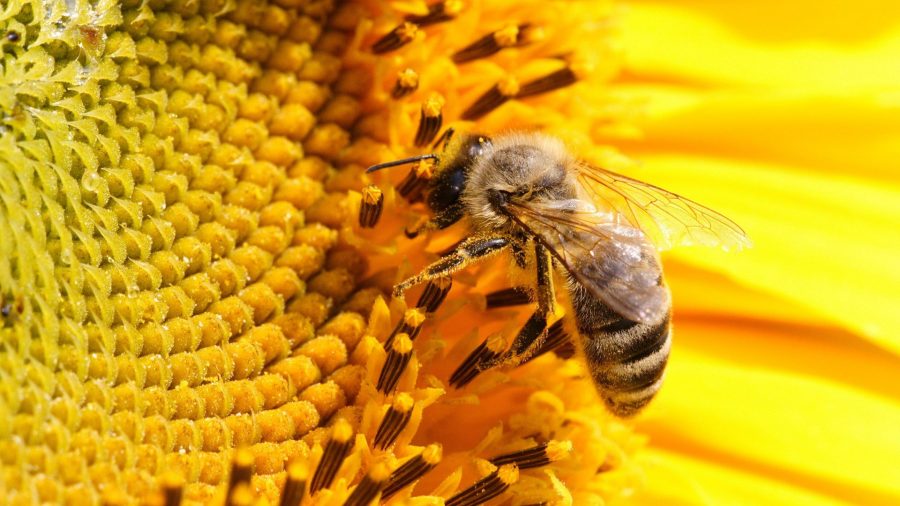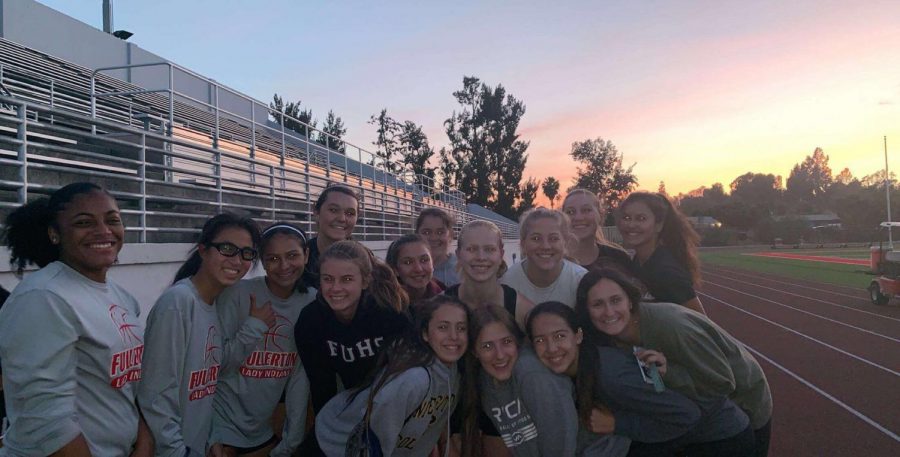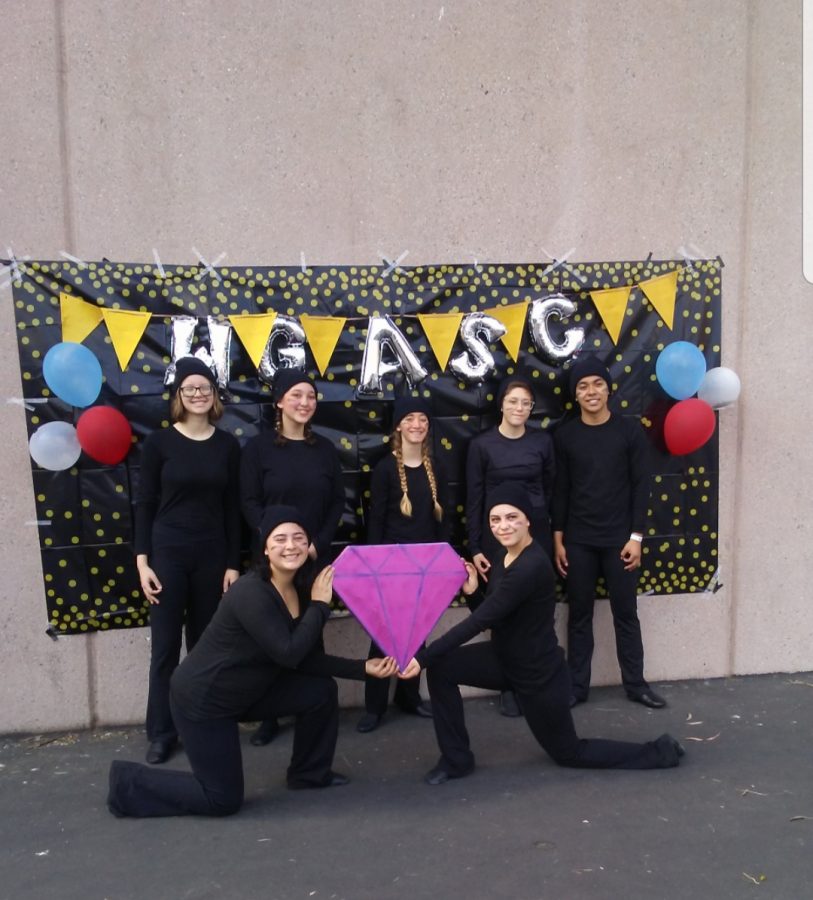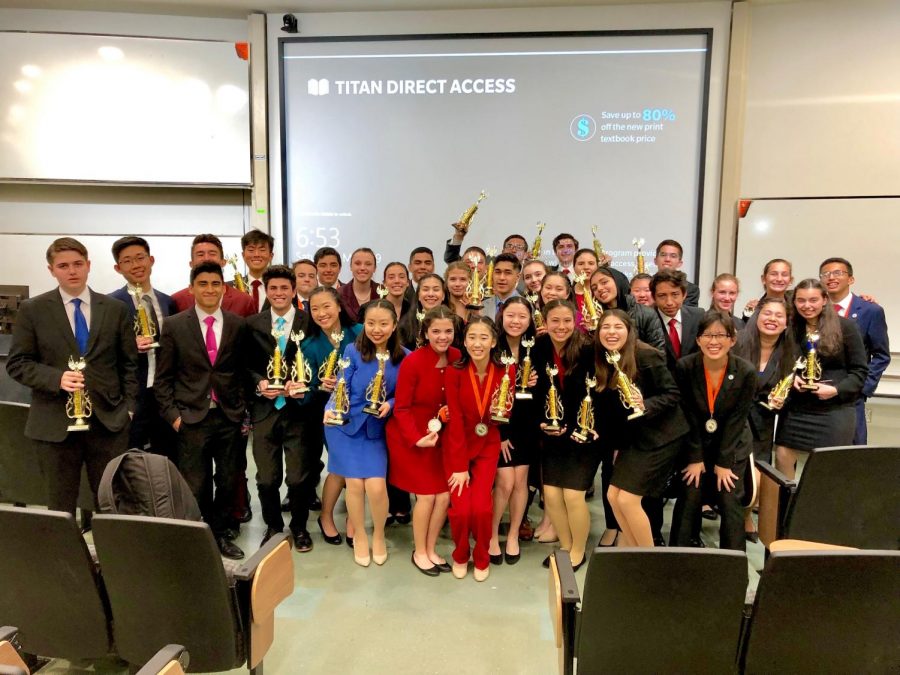The Los Angeles Times recently published an article on how scientists plan to tackle the decreasing bee population through robots.
In October, yellow-faced bees were placed on the Endangered Species List for the first time (see the article ‘Bees officially labeled “endangered species”’).
According the the U.S. Department of Agriculture, these insects are responsible for 90 percent for flowering plants and ⅓ of food crops. The endangerment of pollinators heavily affects agriculture and agricultural practices, so a replacement may be necessary.
In an interview conducted by Los Angeles Times, chemist Eijiro Miyako explained how, ten years ago, he created a sticky gel intended to carry electricity. After abandoning the project, Miyako came back to it as a replacement for the bees.
Miyako covered a drone in gel coated horsehair to mimic a bee’s body. He controlled the drone to pick up pollen from a flower then fly to another flower to fertilize it.
“The robots whose horsehairs had been coated with the gel had on the order of 10 times more pollen than those hairs that had not been coated with the gel,” the article read.
“In combination is the best way,” Miyako said. He believes the gel-coated drone could only assist in pollination, not completely take over.
As the bee population decreases and technology continues to improve, robots aiding pollination may be crucial in keeping up with the agricultural quotas.






